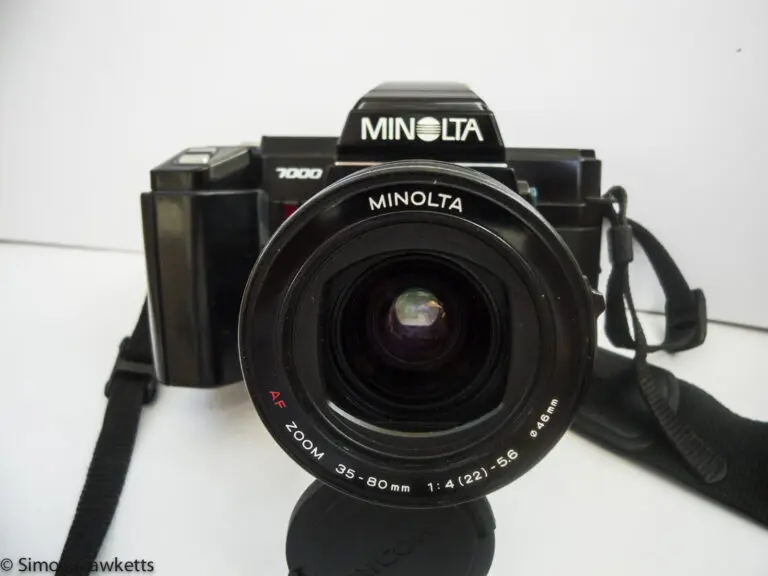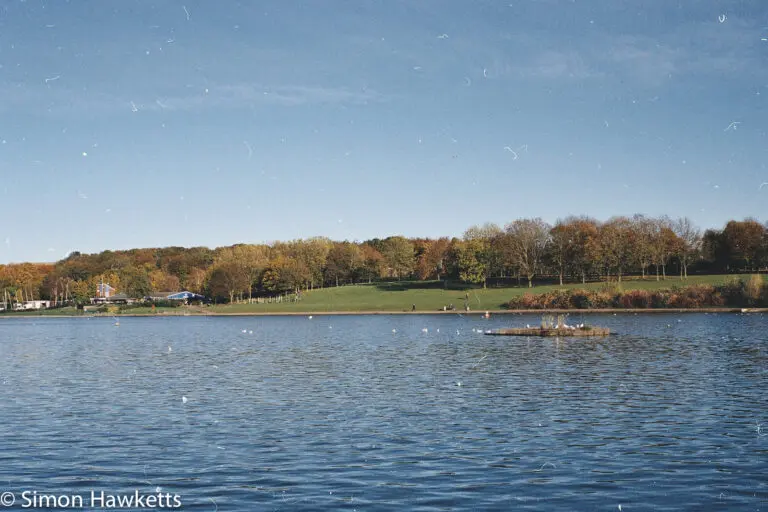Minolta X-700 sample pictures.
A few weeks ago I published a review of the Minolta X-700 35 mm SLR and in this follow-up post I’m going to publish the Minolta X-700 sample pictures from the first film I’ve run through the camera.
I loaded the camera with a reel of Kodak ColorPlus 200 film and took it about with me for a few days whilst I went to Loughborough in Leicestershire and Reading in Berkshire. All these pictures were taken using the standard 50 mm f/1.7 kit lens, which would have been one of the possible options when it was originally made.
Minolta X-700 sample pictures
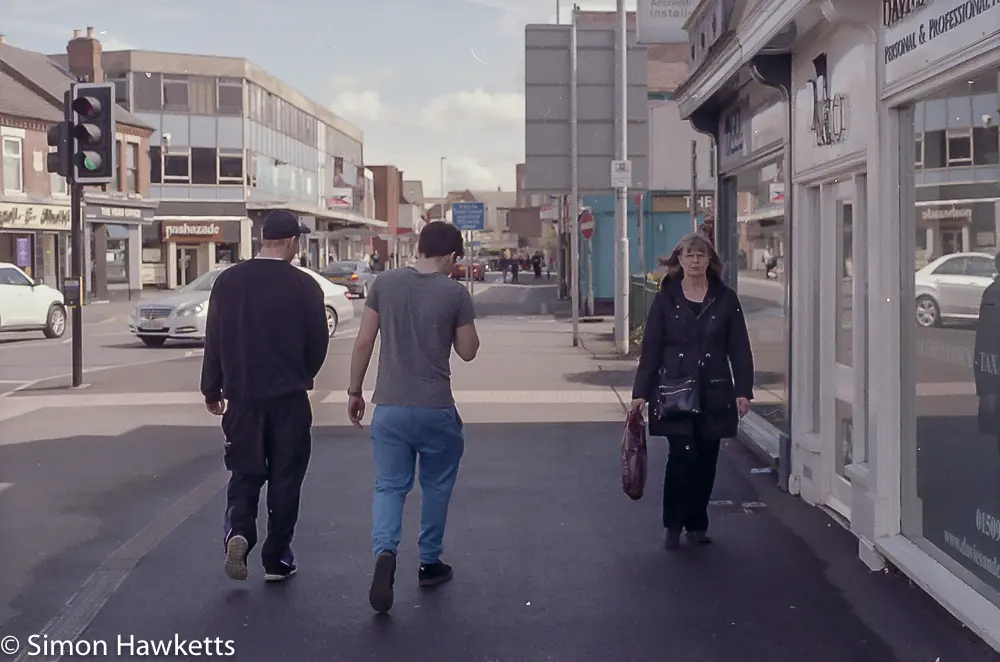
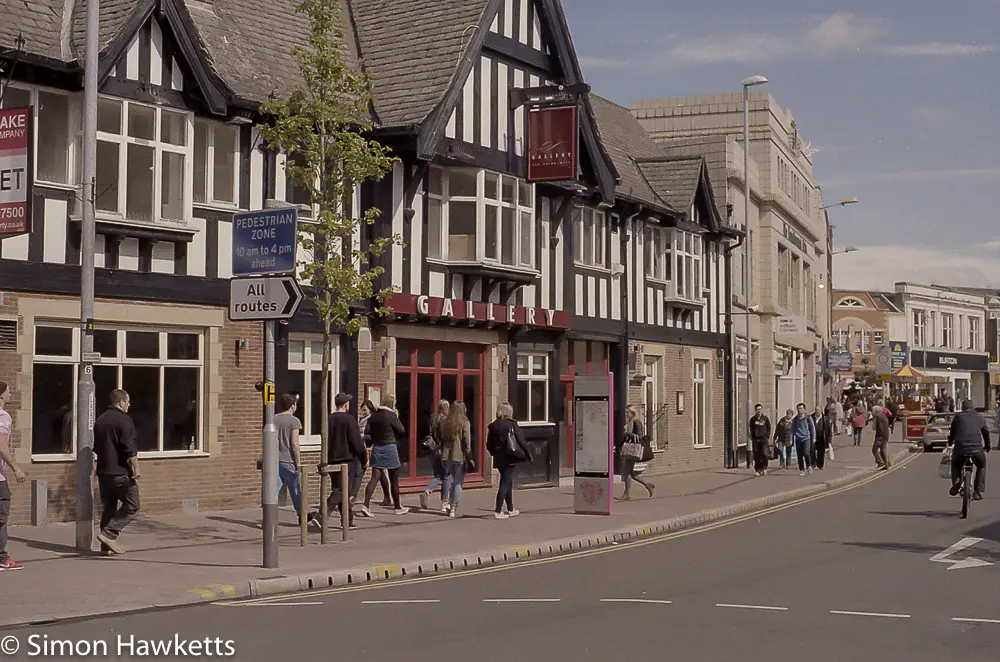
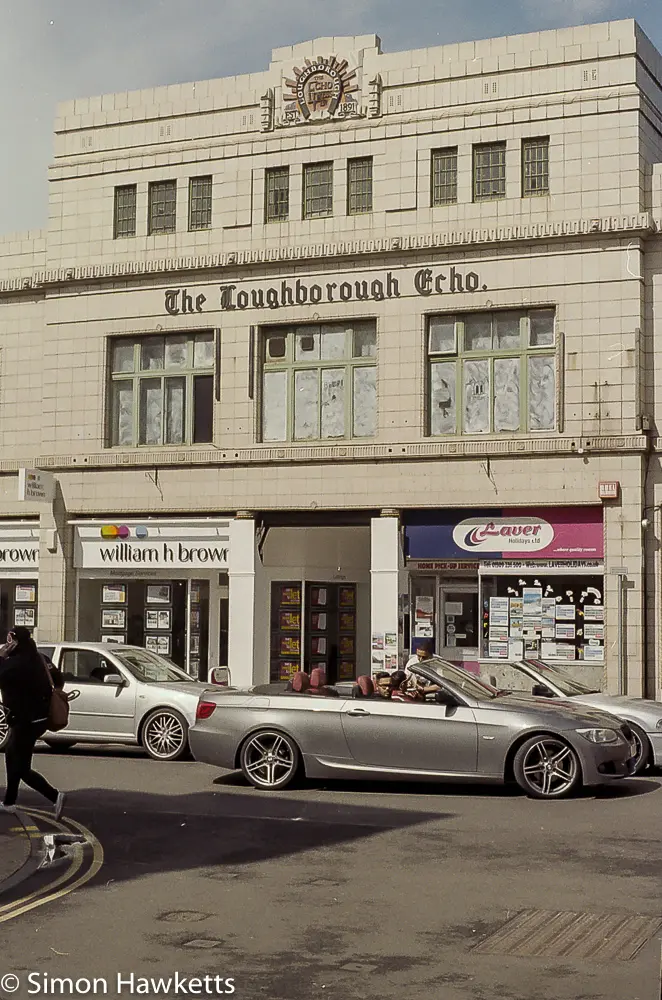

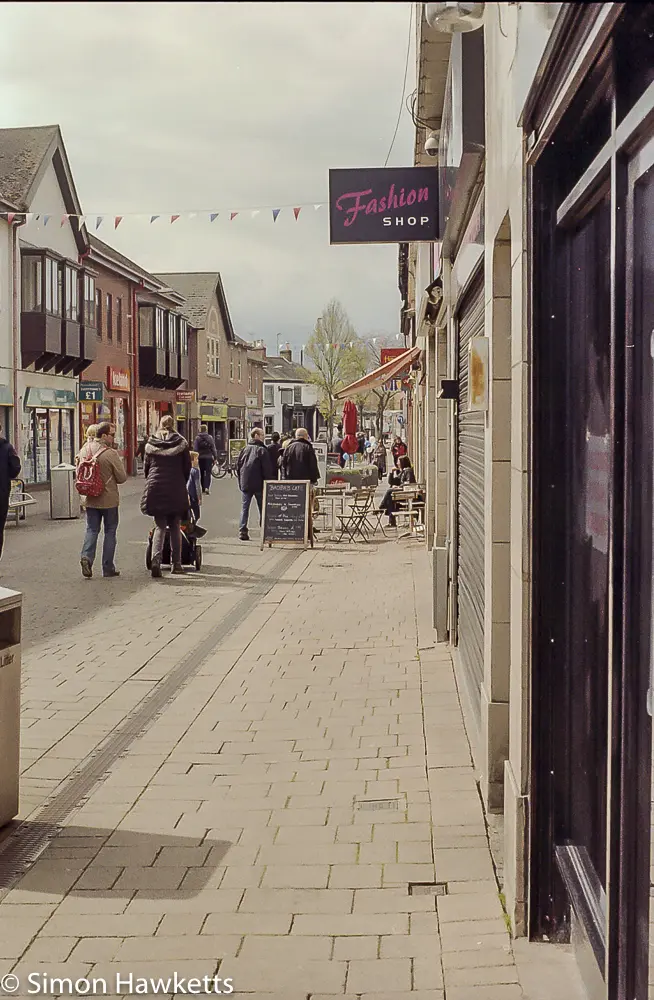
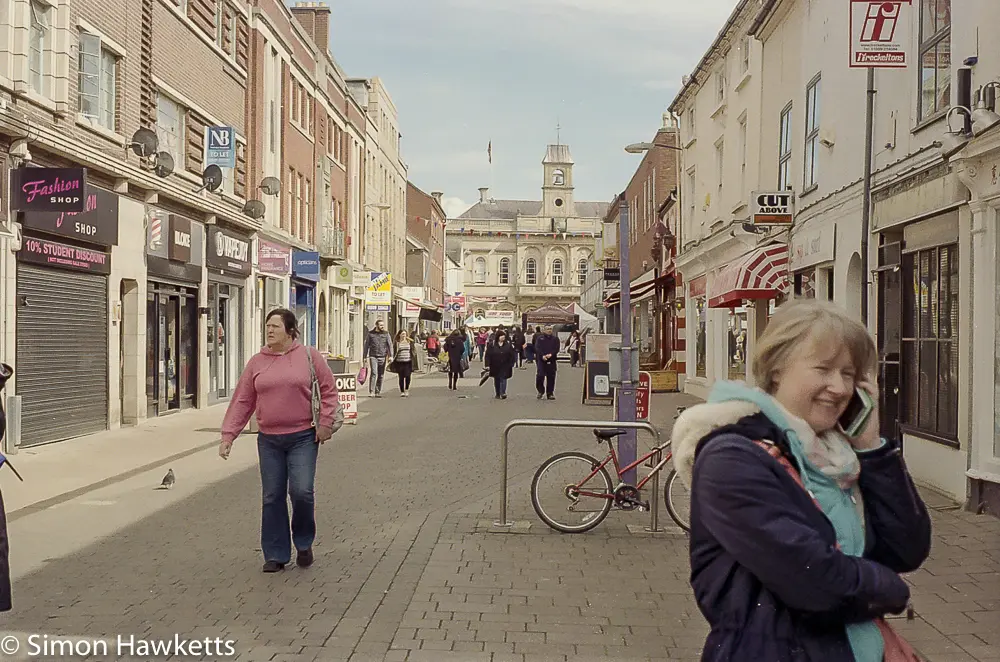
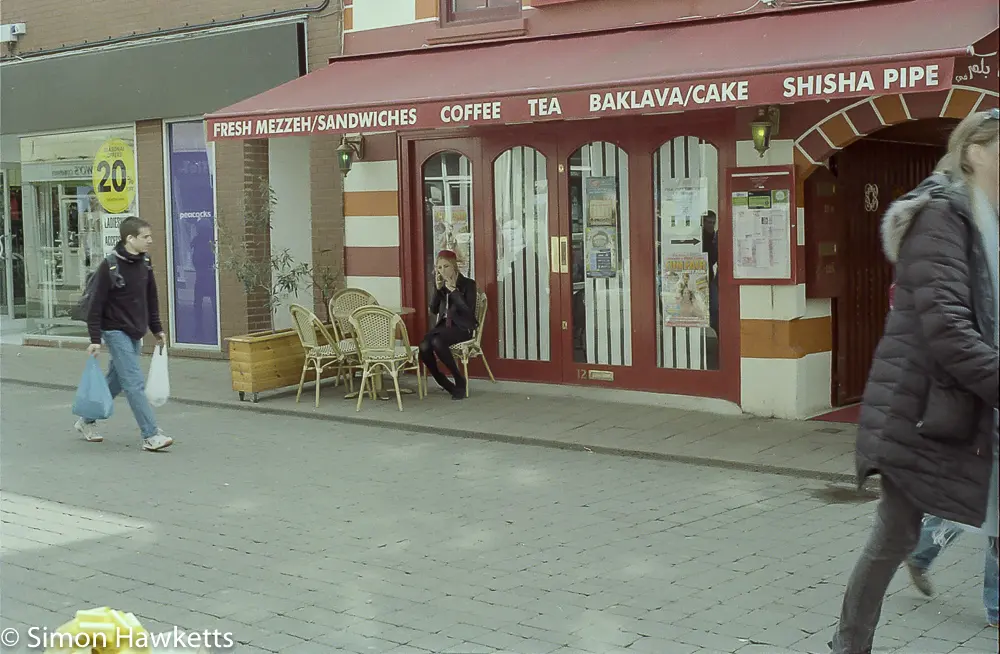
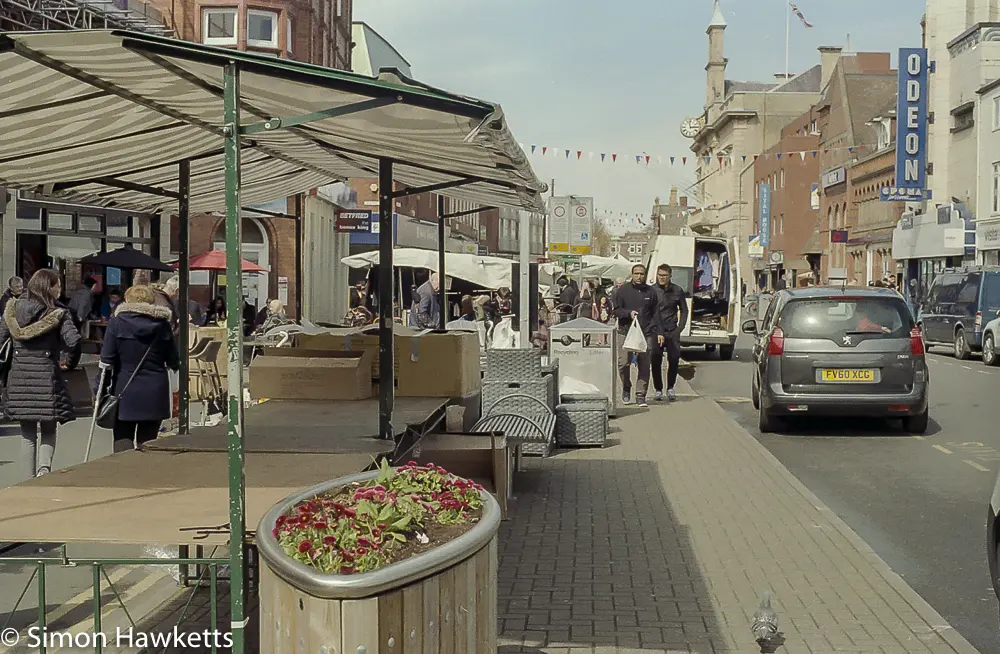
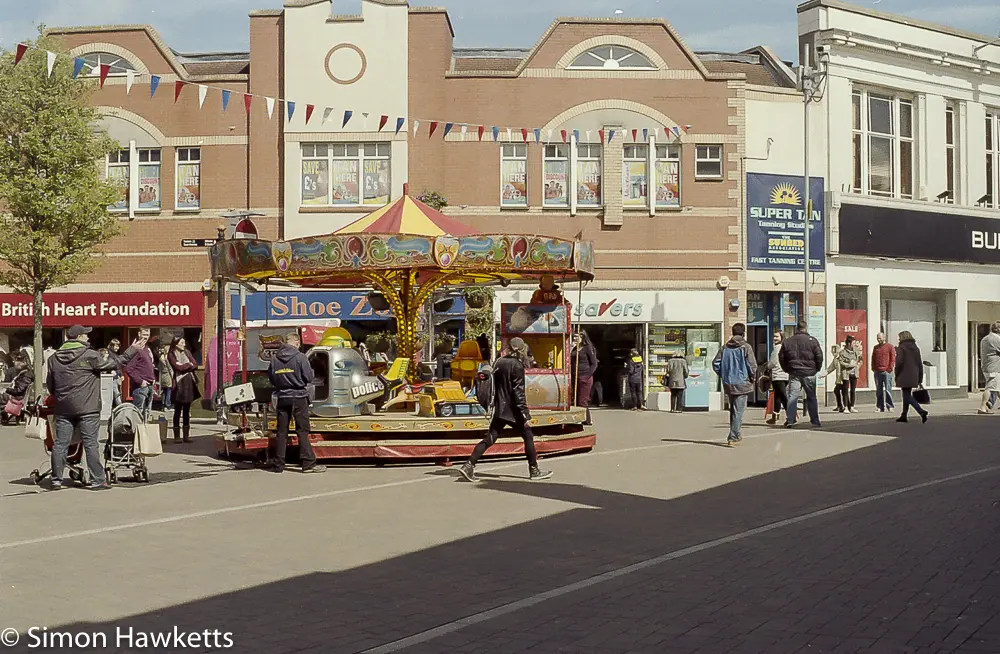
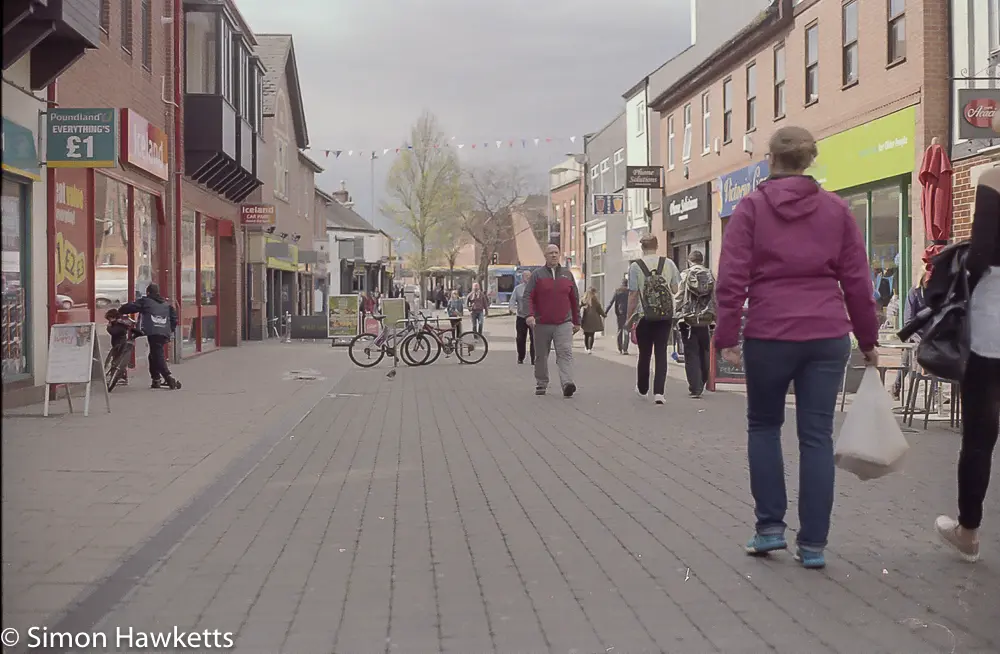
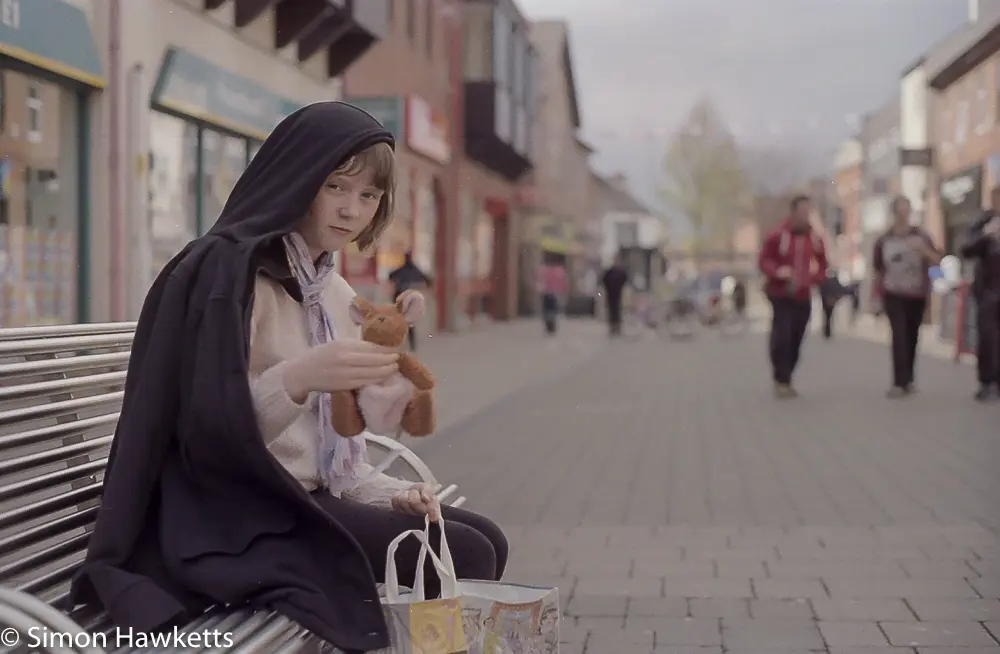
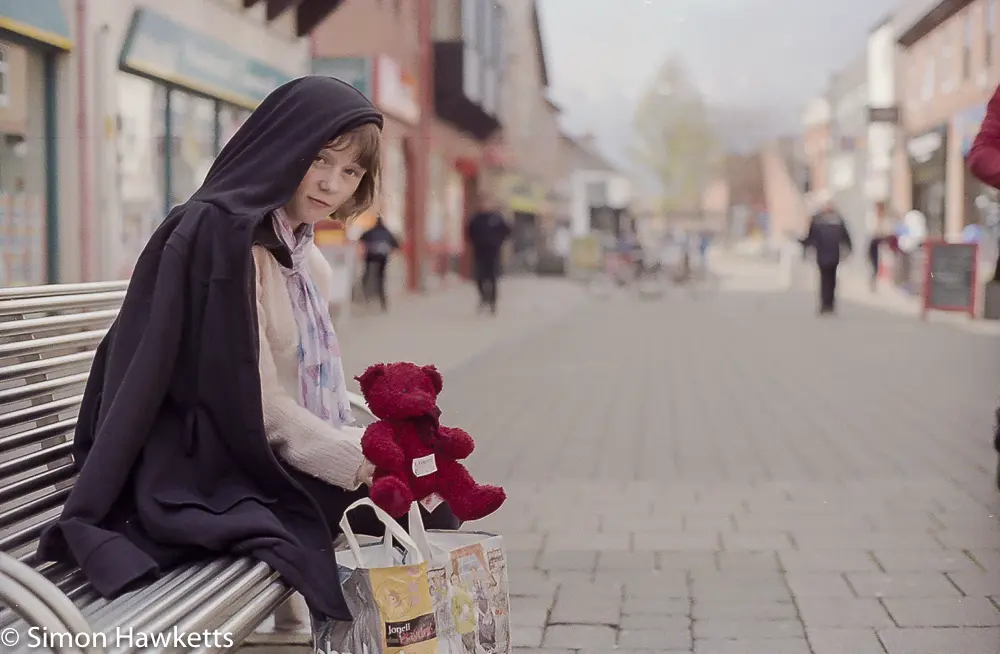
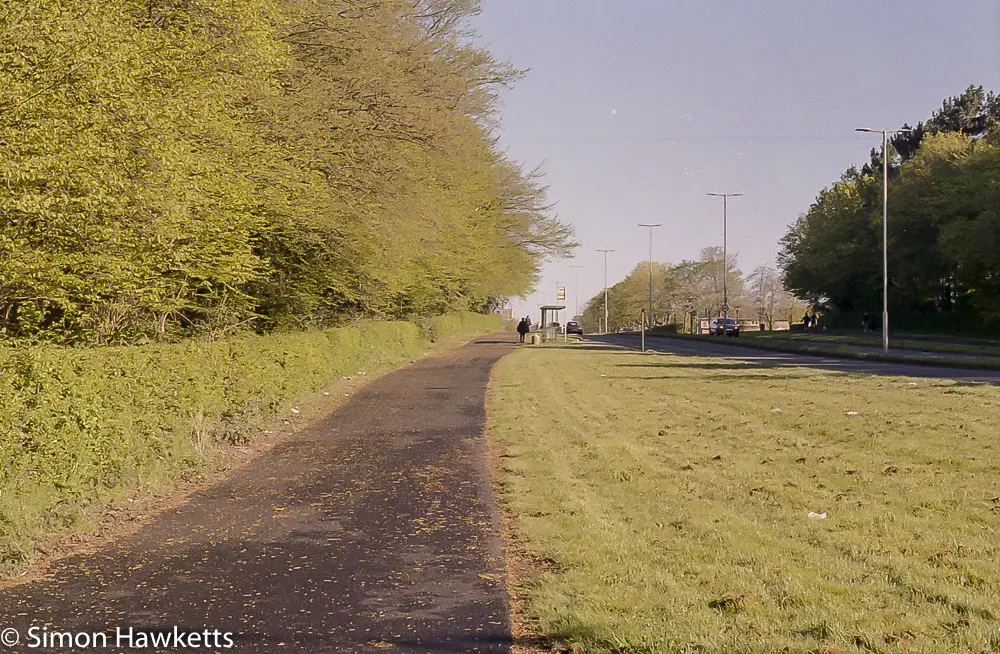
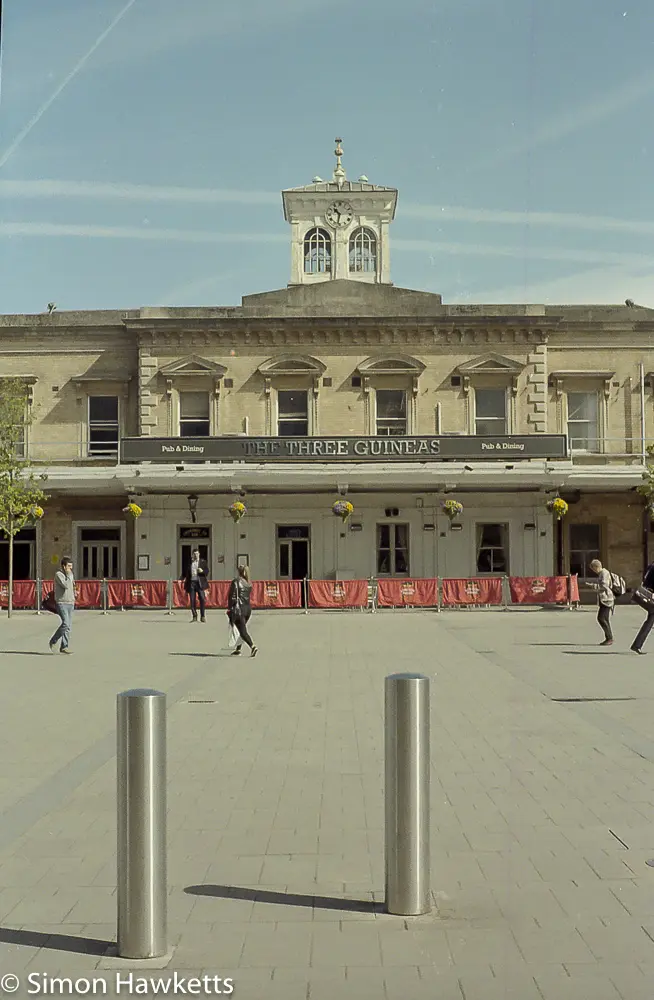
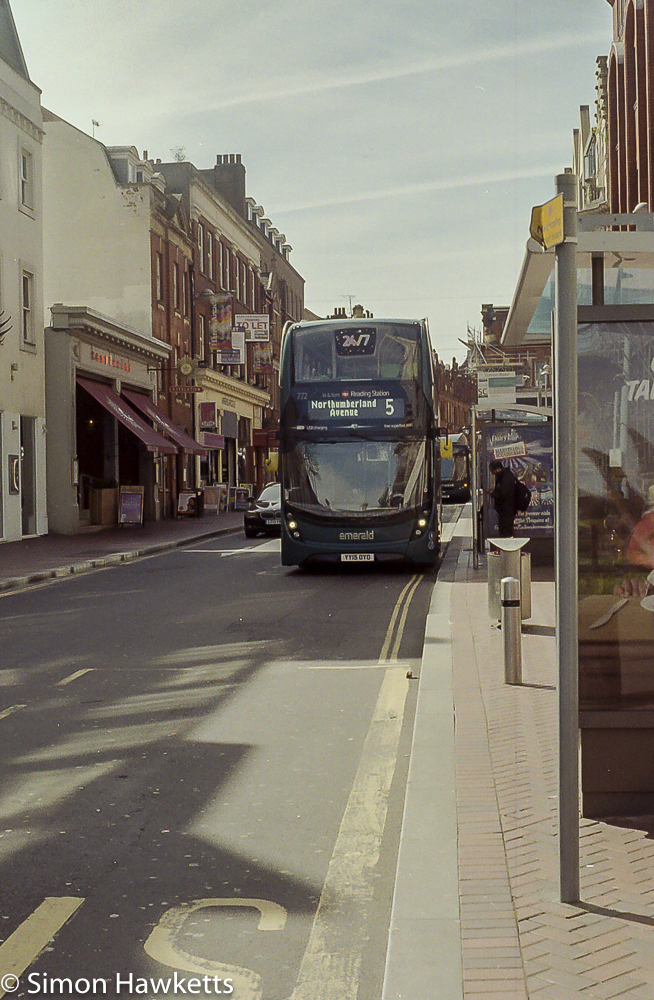
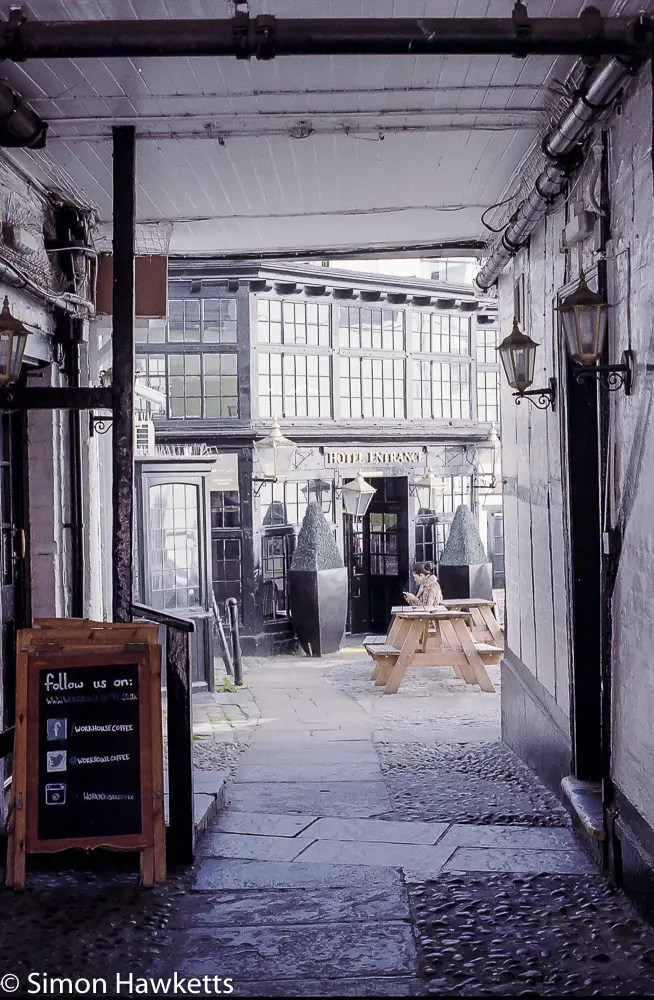

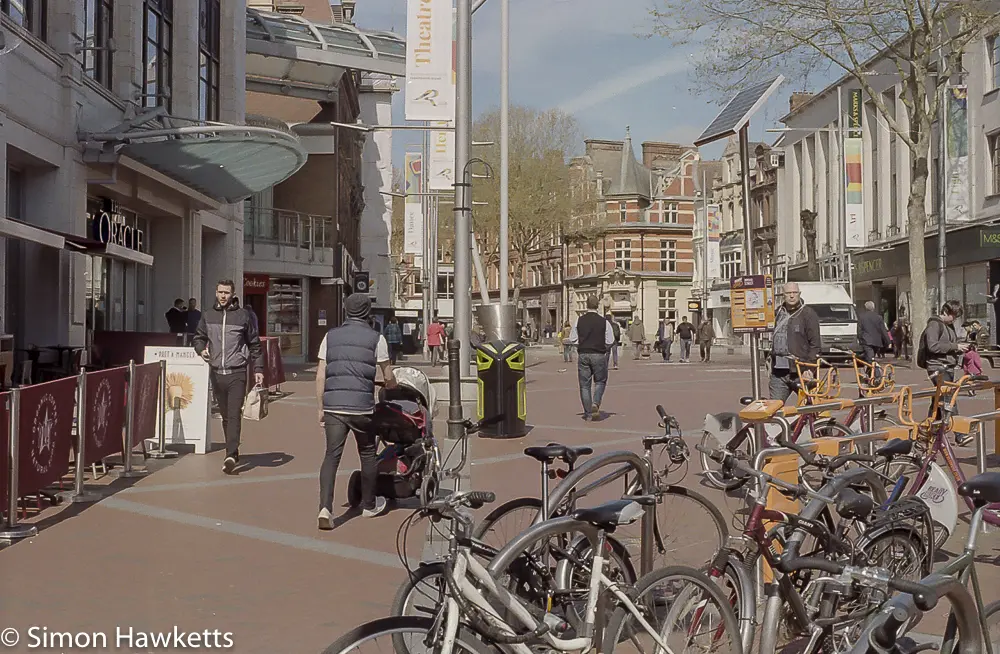
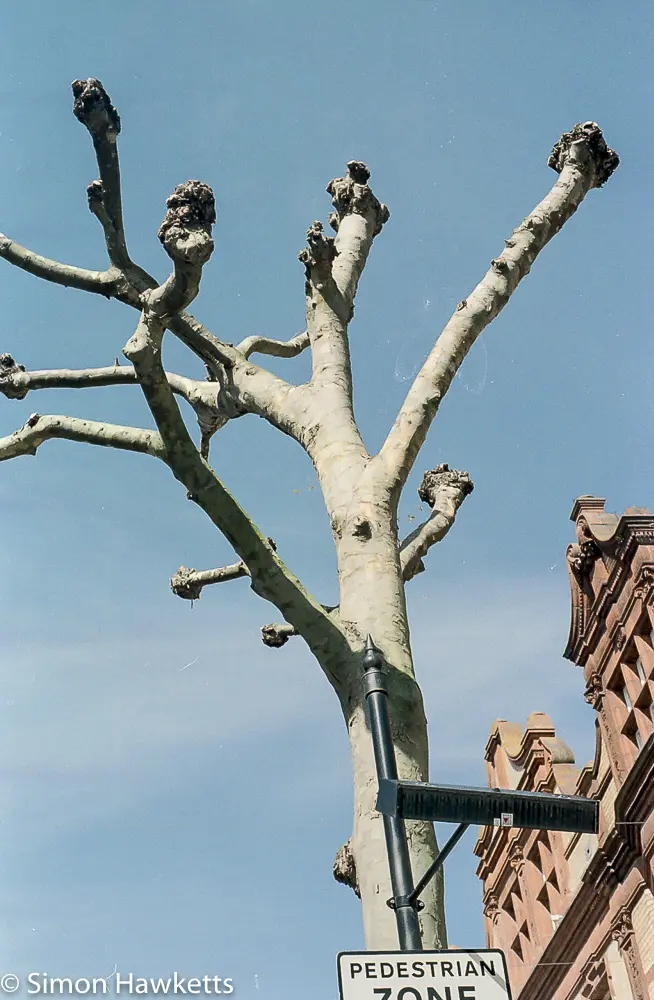
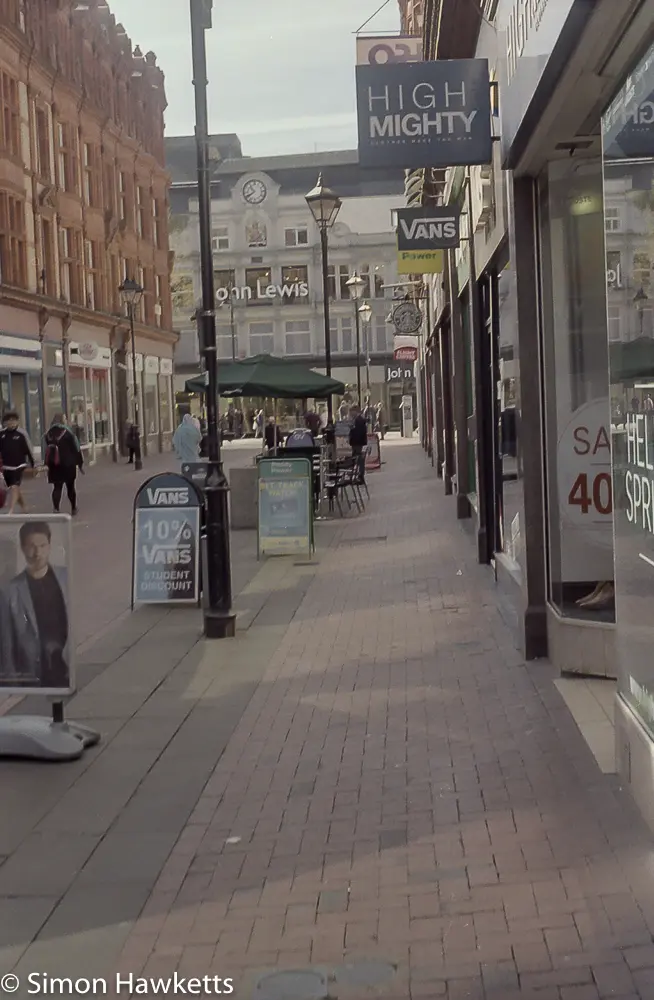
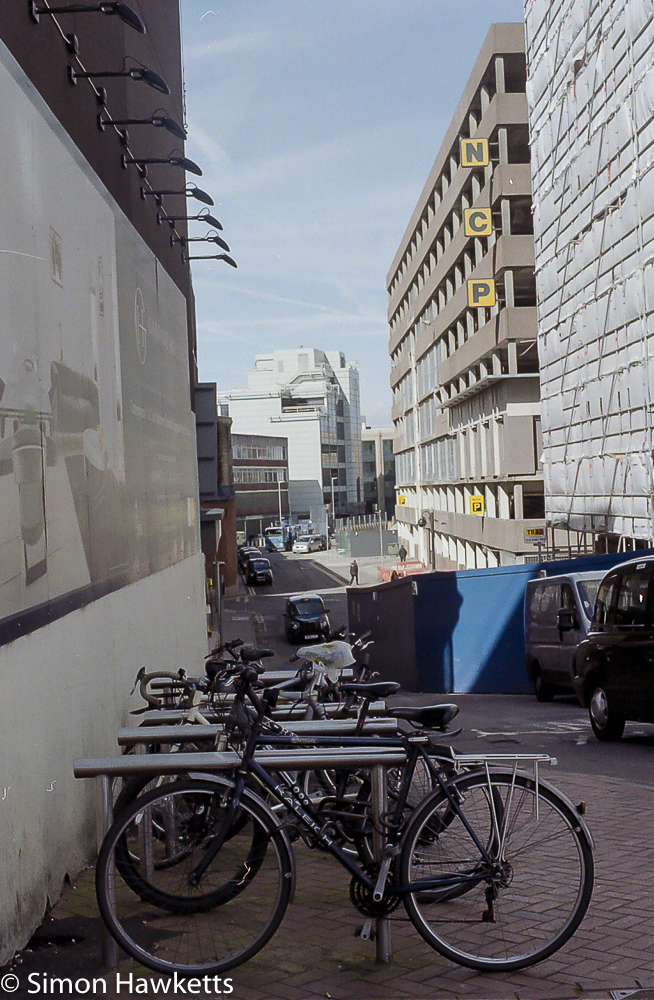
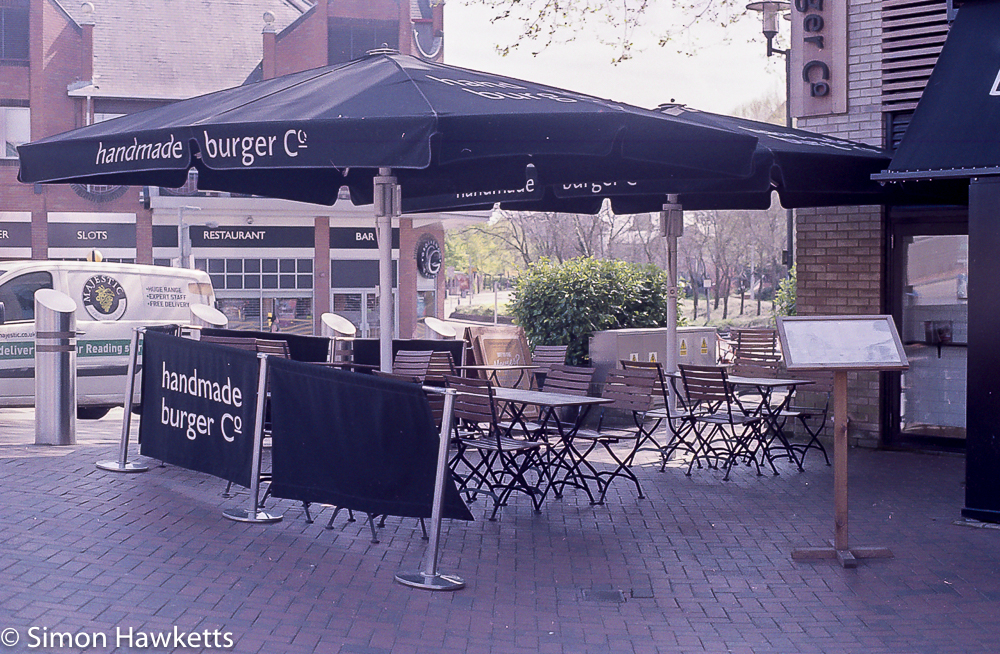
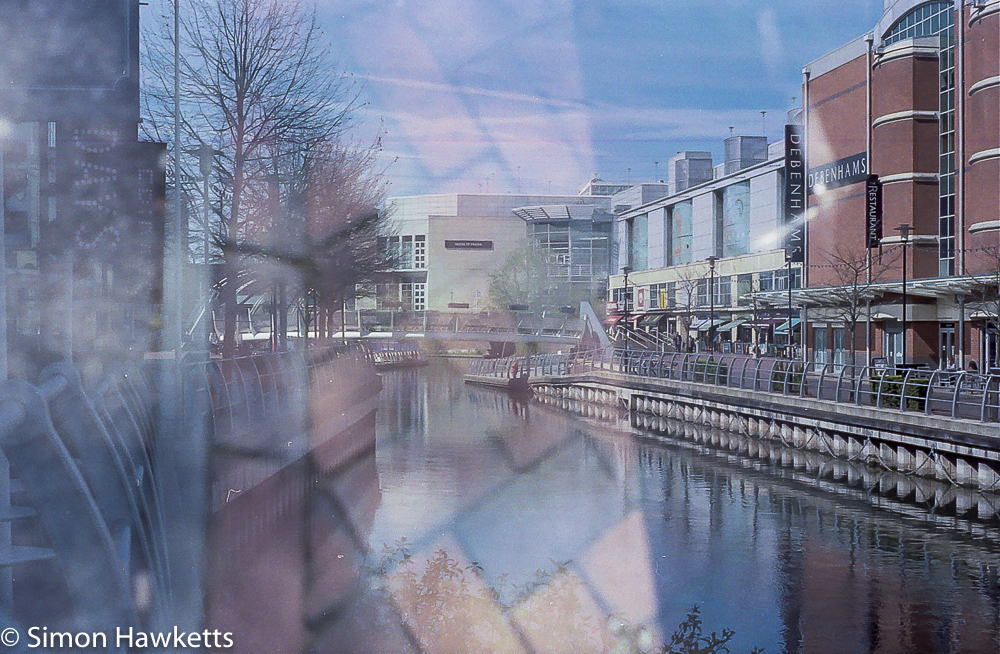
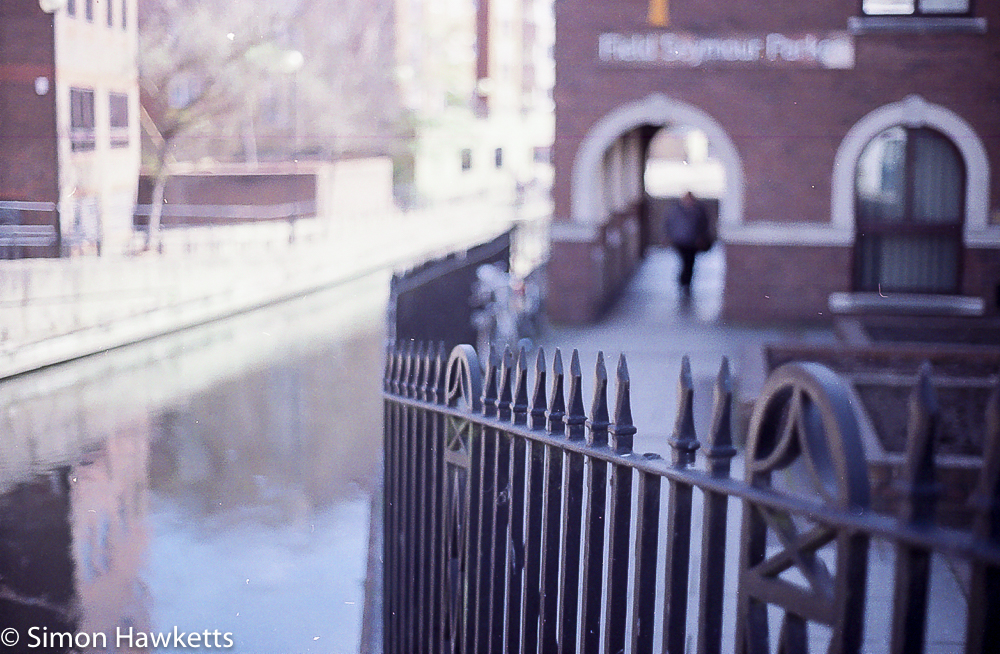

The film was developed in a digibase C41 kit with a development time of 8 minutes at 25 °C followed by a bleach for 7 minutes & then fix also for 7 minutes. The images were scanned at 1200dpi on an Epson V550 photo scanner and imported into Lightroom for post-processing. In Lightroom, I did a small amount of exposure correction and applied some noise reduction and sharpening.
I’m pretty impressed with the X-700, and it’s ability to correctly meter all the pictures I took on this roll. Most of the pictures were taken in Aperture Priority, but a few were in Program mode, and the camera seems to have made good choices regarding the aperture/shutter speed selection.
During my couple of days shooting with the X-700, I found it a nice camera to use – it’s of solid construction and all the controls are easy to get to and set. The fact that both the aperture and shutter speed are visible in the viewfinder is good and means that when in aperture priority I found it easy to select the correct aperture for the shot I wanted to take.
I had one slightly negative experience whilst I took these pictures, and it wasn’t the fault of the camera so much as the photographer. When I finished the roll of film, the film advance wouldn’t quite move to a final exposure, so I pressed the rewind button on the bottom of the camera and started to wind the film back into the cartridge. Unfortunately, as I did this I managed to press the shutter button, and the advance had obviously gone far enough to cock the shutter because it fired as I was winding the film back. That is why the picture of the river in Reading has a double exposure of coloured paving superimposed on it.
I should have turned the camera off before I started to rewind the film, of course.
However, on reflection, I think I quite like the picture that resulted, so perhaps it wasn’t a bad thing after all.
Discover more from Everything Vintage
Subscribe to get the latest posts sent to your email.

